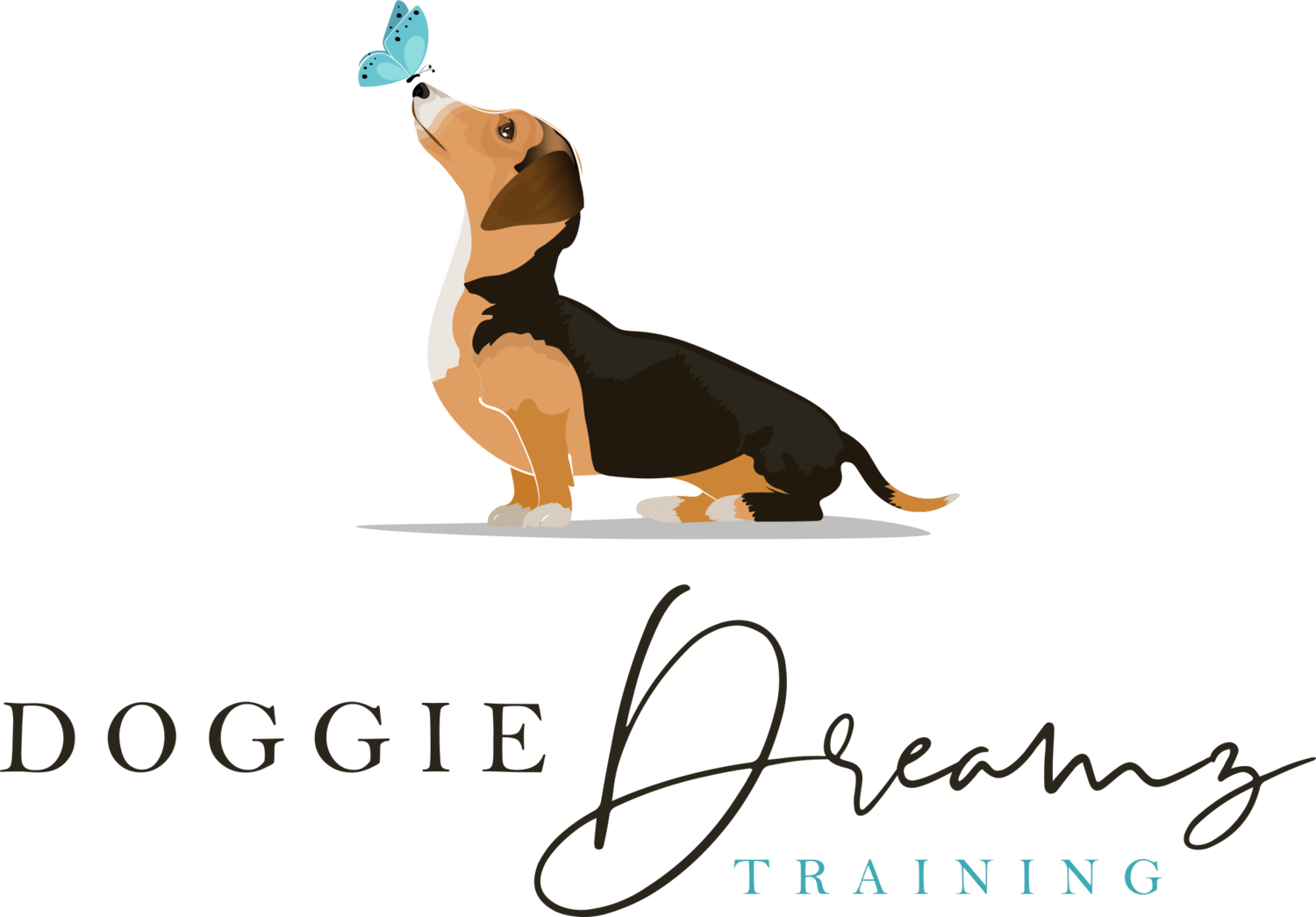What is your Energy saying to your dog?
For decades, dog trainers have instructed dog owners to show their dogs calm and confident energy. This term became widespread after Cesar Milan's show The Dog Whisperer became a television sensation. In my eight years of working with dog owners, many people have heard this term but don't know how to implement it daily. I wanted to explore this concept and the practical ways you can show your dog calm and confident energy.
Dogs are non-verbal animals making them reliant on other factors to communicate with the animals around them. Dogs do this through body language, tonality, and interaction with others. An animal's body language conveys the state of mind of that animal. For example, If an animal has its head lowered, is walking slowly towards you, and has a curl in its lip showing teeth while growling. Would you think this animal is friendly? No, you wouldn't. Even though that animal didn't say to you, "I'm angry," you know through its body language and tone that they are angry, and you should stay away. Conversely, if an animal has its head held high, it interacts with other animals by sniffing and letting others approach them without growling. You could assume that the animal is calm.
Cesar Milan explains, "Energy is how any being presents itself to the world." Dogs respond best to calm and confident energy in both humans and animals. We can understand this because humans would also rather listen to someone who knows what they are doing but gives direction with assertiveness and calmness. Humans have better relationships with a leader that challenges them to be their best without putting them down than with a coach who knows nothing about the sport but thinks yelling would get the best result from the team.
Here's the million-dollar question, though. As a dog owner, how can you show your dog calm and confident energy? Below are the best ways to show this energy to your dog.
Body Language: Sit or stand up with your shoulders rolled back, and your head held high. Humans habitually hunch our shoulders and lower our heads when we walk and sit. Your dog will see hunched shoulders are someone unsure of themselves. Using your eyes to communicate is also a way we can show our energy. If you are looking away from your dog and not engaged with them, your dog will think you are distracted and not paying attention. With our eyes, we can communicate that we are attentive to our dog and are in control of the situation. Dogs are among the few animals, other than humans, who can read facial expressions—our eyes are how we use them to communicate our energy to our dogs.
Tonality: Use as few words as possible. When words are necessary, use words with an assertive tone instead of a high-pitched or questioning tone. One way you can work on this is to think about the intention of what you are asking of your dog—for example, asking them to "Sit." If you ask them to "Sit" in a high-pitched voice almost questioningly, your dog may think you want to play or that you aren't serious about having them "Sit." When you firmly ask your dog, your dog will know you aren't suggesting they "Sit"; you are serious about giving them this cue.
Interaction with others: Dogs are very observant. And in your home environment, your dog will look to how you interact with others in your home to help them determine your energy. This is especially true if you have other dogs in your house. When you ask the other dogs to "Sit," do you follow through with holding them accountable? What do you do if that other dog won't listen? If you have children in the home, how do you act if your child won't listen to you? Are you constantly yelling? Or can you assertively communicate with others? All these examples are ways your dog picks up if you are confident, calm, and level-headed. Rather than if you are unsure and anxious.
Energy is the way every animal communicates with others. And your energy is essential in your relationship with your dog, and I would argue it's the most critical factor. Your dog will feel more secure and protected and have fewer behavioral issues with an owner who calmly but assertively guides them through the world.
